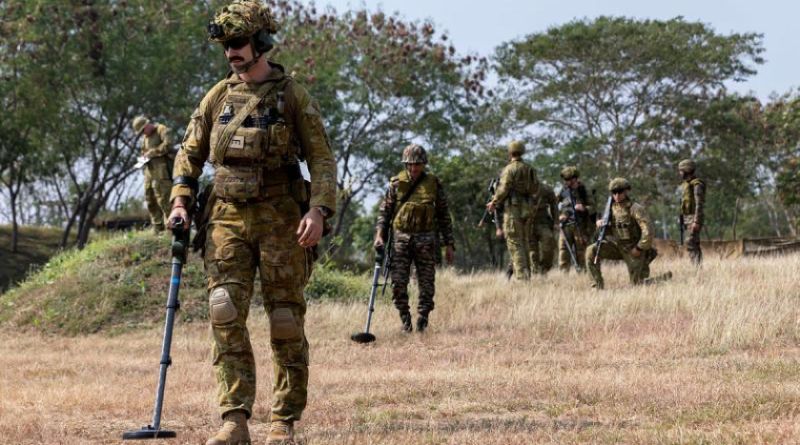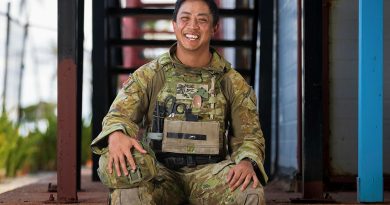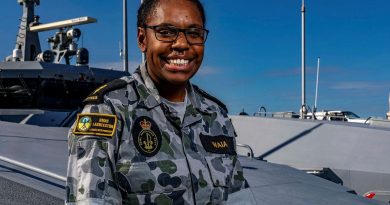Combining culture and training in India

From delicious food to in-depth combat engineering training, with a side of intense physical training, Exercise Austrahind served up a bit of everything for Sapper Luke Barnes.
CAPTION: Australian Army soldier Sapper Luke Barnes leads a joint patrol with Indian Army soldiers during Exercise Austrahind 2024 in Pune, India. Story by Major Dean Benson. Photo by Corporal Nakia Chapman.
The Perth-based part-time soldier was one of 120 from Australia’s 13th Brigade who spent most of November in the Pune region of India conducting conventional warfighting training alongside Indian Army personnel, from November 8 to 21.
Sapper Barnes, who is a WA policeman in his civilian role, said the training activity delivered a wide range of experiences.
“There has been a lot of interesting elements in working with the Indian Army,” Sapper Barnes said.
“Eating different food, doing physical training together each day, learning about their range of equipment and experiencing the Indian culture has made this a great experience.
“Primarily our focus has been on interoperability training with the Indian Army, sharing skills across infantry and combat engineering capability.”
And while the ever-important training was top of the agenda, there was also a battle on the cricket pitch, which the Indians won comfortably.
But not even a tough result on the cricket pitch was enough to dampen Sapper Barnes’ experience.
“As a reservist coming out of WA, being able to deploy overseas on exercise is very special,” Sapper Barnes said.
“Being able to experience the vibrant Indian culture and making new friendships has been very rewarding.”
Commander of WA’s 13th Brigade, Brigadier Amanda Williamson, said the exercise allowed Australia and India to train together against the backdrop of an increasingly complex regional context.
“Australia and India are top-tier security partners, and this exercise continues to strengthen our defence cooperation in the Indian Ocean region,” Brigadier Williamson said.
“As the largest democracies in the Indo-Pacific, this bilateral training event increases our interoperability and understanding of each other’s capabilities – a key component of enabling us to face the shared security challenges in our region.”
.
.

.
.





